When you think of great explorations, especially in the U.S., the 2-year Lewis and Clark journey probably ranks at the top of the list. They encountered unforgiving terrain, harsh weather conditions, treacherous waters, injuries, starvation, disease, and hostile natives but they also had several lucky breaks, including the way kidnapped Sacagawea ended up joining the expedition that would miraculously reunite her with her brother, now a leader of her original Shoshone tribe. This reunion helped to facilitate much-needed horses for the expedition’s trek over the Rockies. Ultimately, their nearly 8,000-mile journey was deemed a success. It provided new geographic, ecological, and cultural information about previously uncharted areas of North America.
We’ve been following their journey from St Louis where they collected supplies, to Great Falls, MT with their epic portage around the falls to Astoria/ the Columbia River / Pacific Ocean, reaching their furthest point west.
Lewis and Clark reached Cape Disappointment, located near the mouth of the Columbia River, on November 18, 1805. However, it wasn’t as negative experience as the name might suggest. It was actually a pivotal moment because it marked their realization that they had reached the Pacific Ocean, achieving one of their primary objectives.
It was actually named “Cape Disappointment” in 1788 by British Captain John Meares who while sailing down the coastline in search of the mouth of the Columbia River, mistook the mouth for simply a bay. The swift current of the river collides with the surging waves of the ocean and creates and ever-shifting maze of sand bars in the area. These hazards have created hundreds of shipwrecks over the past 200 years.
Nearby is Fort Clatsop, where Lewis and Clark’s team spent the winter before the long journey home. They were here 106 days and it rained all but 12! Some might call that disappointing!
Lewis and Clark reached Point Disappointment, located near the mouth of the Columbia River, on November 18, 1805. However, it wasn’t as negative experience as the name might suggest.
Cape Disappointment State Park sits where the Columbia River pours into the Pacific Ocean and its interpretive center describes the key events of the Lewis and Clark expedition along with some fun, lesser-known facts like Lewis being shot in the buttocks by one of his own crew on a hunting expedition in 1806. Although the only other person in site, his crew member refused to the bitter end to admit he’d fired the shot!
The center is not only well done, but the paths in the park offer lovely views from windswept cliffs and lighthouses to the river and ocean beyond.





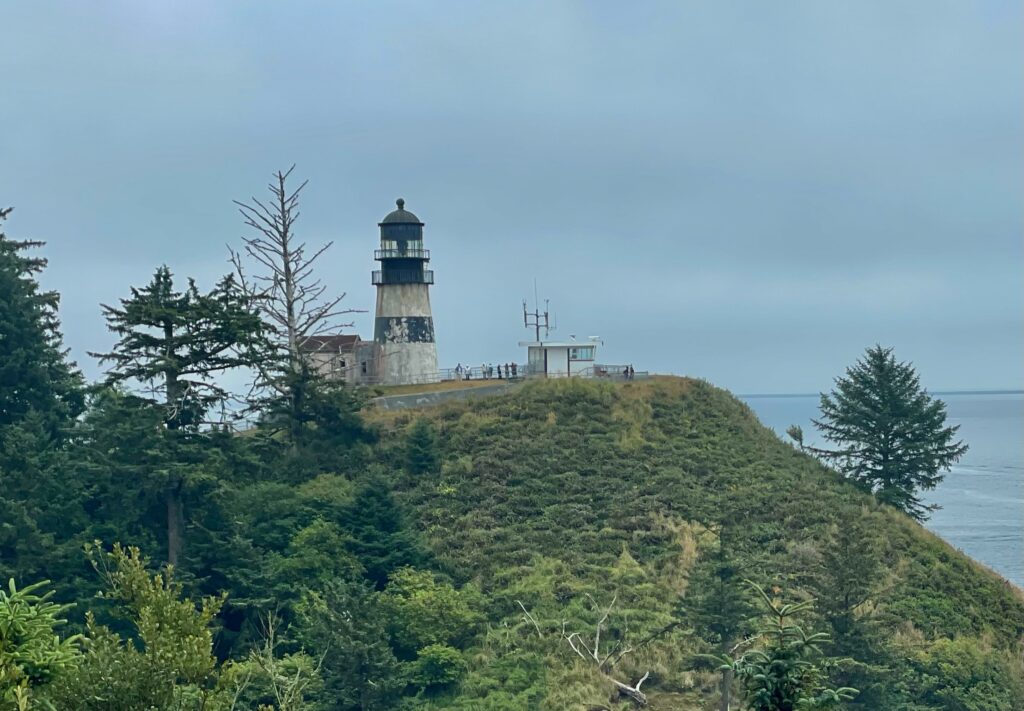
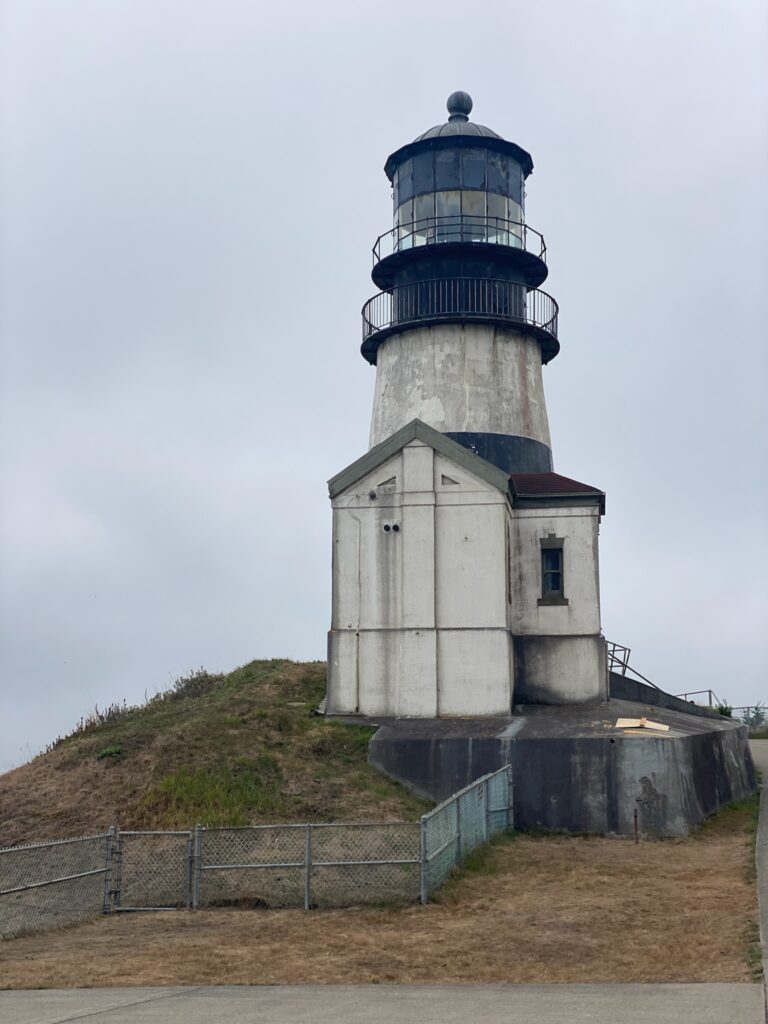



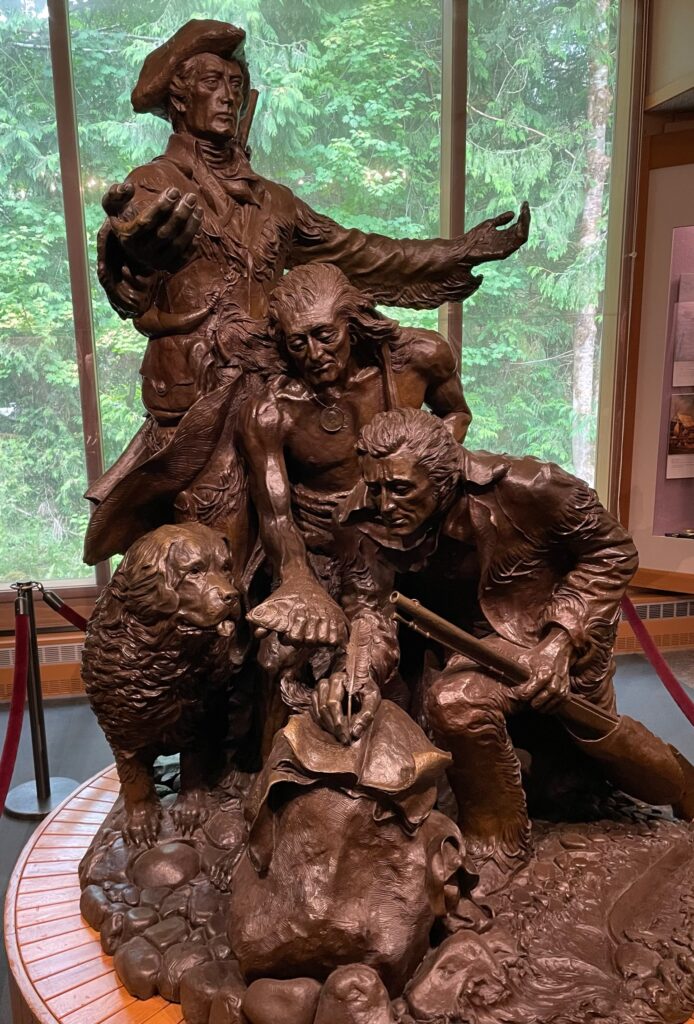

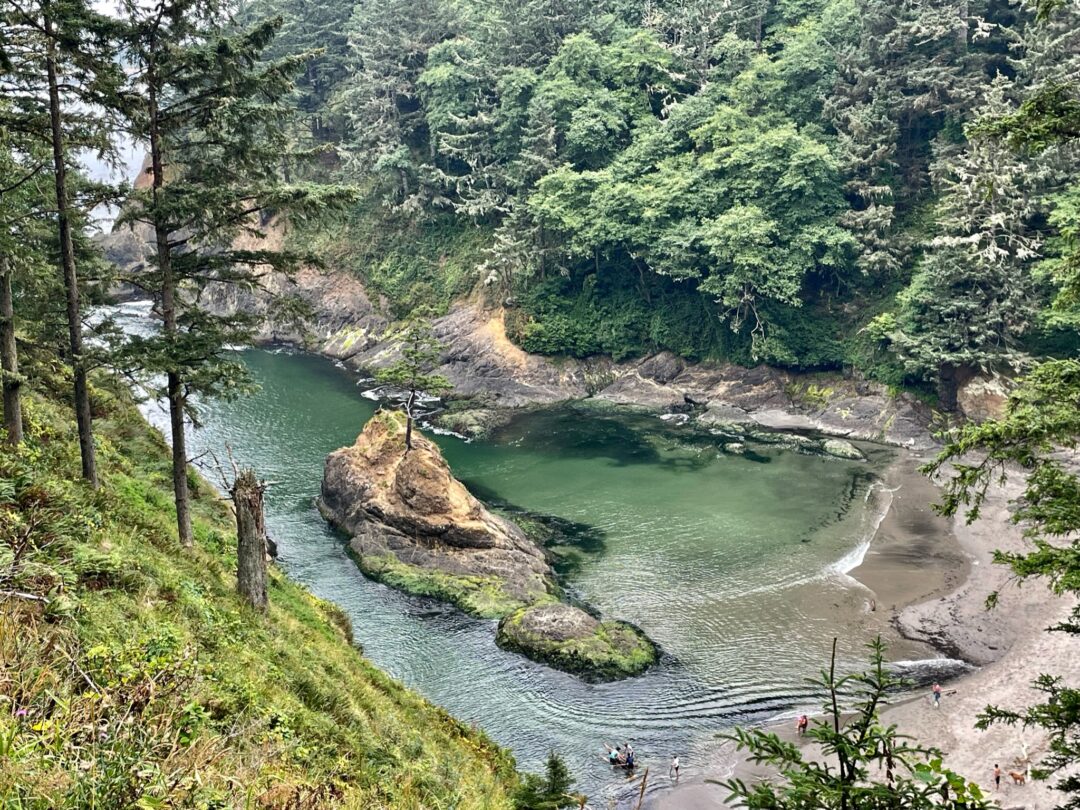
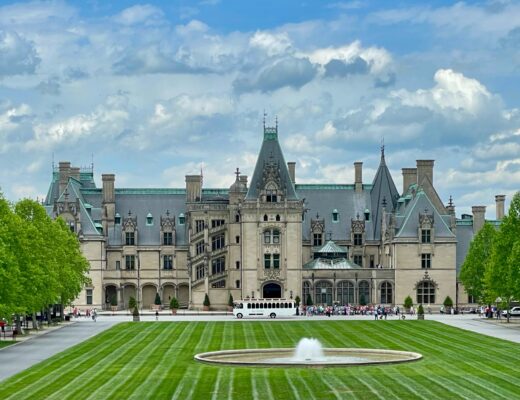
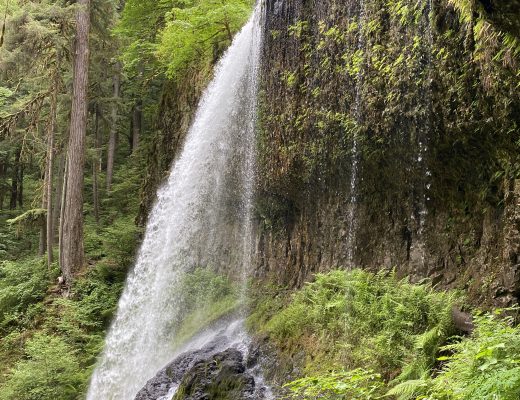
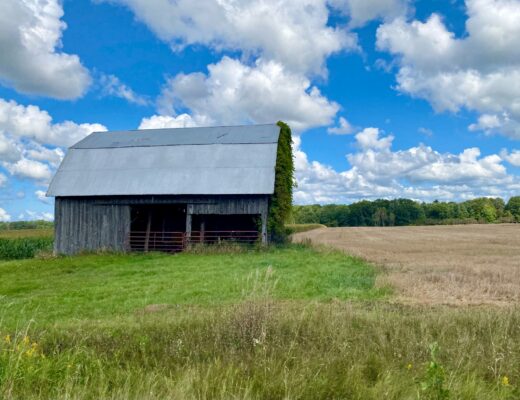



















 Did you know that the oldest and largest aviati
Did you know that the oldest and largest aviati
